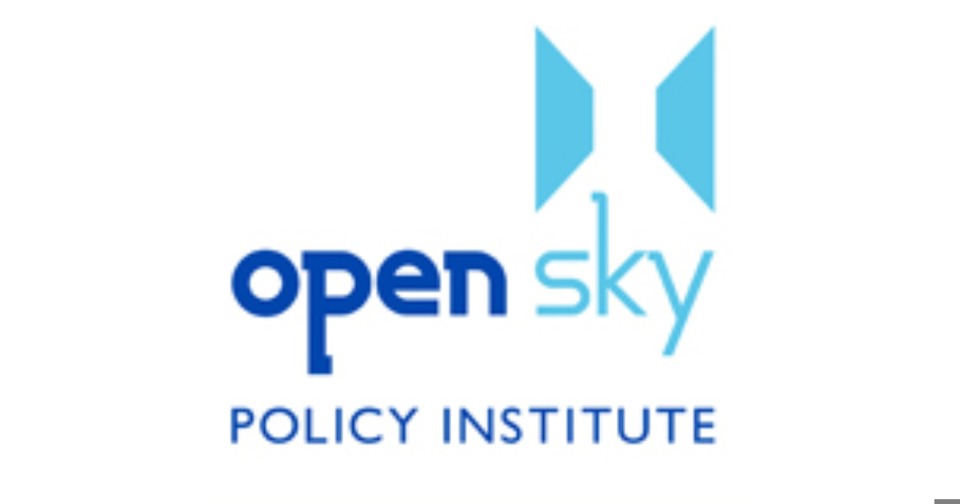Halftime Report: Special Session Hearings

Special session hearings are halfway completed, with additional hearings scheduled today, tomorrow and Saturday in a variety of committees. The OpenSky team has been busy testifying and sending letters to highlight the need for careful consideration of a variety of measures, from luxury taxes to a cacophony of new sales taxes. The Education Committee begins to meet, potentially shedding light on how this special session could impact state mechanisms for funding K-12 education.We’ll be back at it this morning, testifying on the following bills:
LB 34
LB 34 in the Revenue Committee aims to address the rising valuations on personal property that have resulted in property tax increases in recent years. Under an assessed valuation freeze, new owners pay taxes based on the price they paid for their property, while existing owners pay taxes on a frozen value, which could be more or less than their property's current value.
Taxpayers who stay in their homes may benefit from the proposal in the long run, but it has the potential to create vastly different valuations and property tax bills for very similar pieces of property. This means that two families who live in homes with identical values could be paying different amounts in property taxes, depending on which home was purchased more recently. This introduces inconsistency into our property tax code.
Such consequences are why the Lincoln Institute of Land Policy wrote that assessment caps are “among the least effective, least equitable, and least efficient strategies available for providing property tax relief”. They prevent sharp increases due to rising property values, but their significant unintended consequences make them some of the most problematic forms of property tax limitation.
LB 40
This legislation proposes the concept of worldwide combined reporting, which addresses corporate tax avoidance through offshore holdings in places like the Cayman Islands and Ireland. worldwide combined reporting is a way for the state to capture the corporate taxes it’s owed on the profits companies have offshored in tax havens, and it will therefore simplify how corporations are treated in the Nebraska tax code. Large, multinational corporations are able to reduce their U.S. tax liability by shifting billions of dollars in profits abroad. Our state corporate taxes are calculated based on a small portion of the profits these corporations report on their federal returns. Credible estimates suggest that US states lose $10 to $15 billion in revenues each year due to the loophole, so closing it could net Nebraska at least $90 million annually. It also puts small Nebraska businesses and large, multinationals on the same playing field.
LB 45
The Education Committee will hear feedback on LB 45, which replaces resources in the state aid formula (TEEOSA) to an amount determined by the Legislature beginning in the school fiscal year 2025-26.
Eliminating the current formula resource calculation prior to making any other changes to the state aid formula creates instability for school districts as they plan their budgets for the following school year and as they negotiate multi-year contracts with personnel, including teachers, school nurses and administrators. LB 45 effectively eliminates one half of the equalization formula without a plan for how to distribute state aid to school districts.
The path to meaningful and sustainable property tax reform will come through a thorough and comprehensive review of the way we fund public education in our state. There is no silver bullet to updating our school funding system, and any real change will require significant expertise brought to bear through an open, transparent process.
LB 81
LB 81 would sunset the mechanism for funding public schools across the state of Nebraska on July 1, 2027.
Eliminating the current formula resource calculation prior to making any other changes to the state aid formula creates instability for school districts as they plan their budgets for the following school year as well as negotiate multi-year contracts with personnel.
